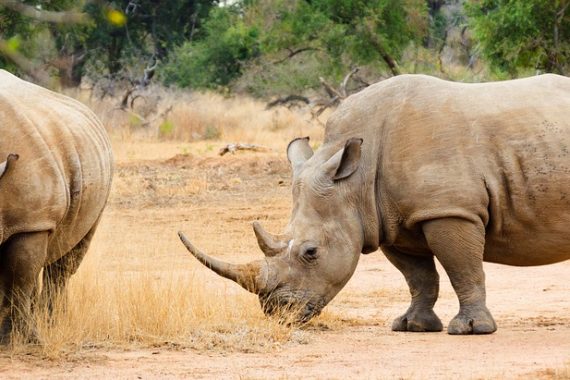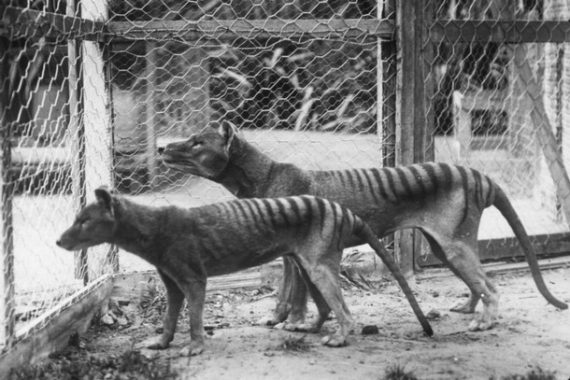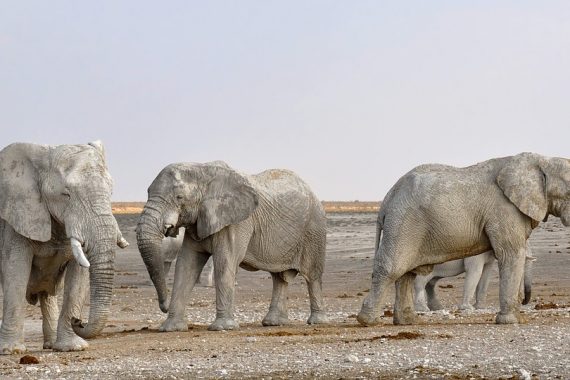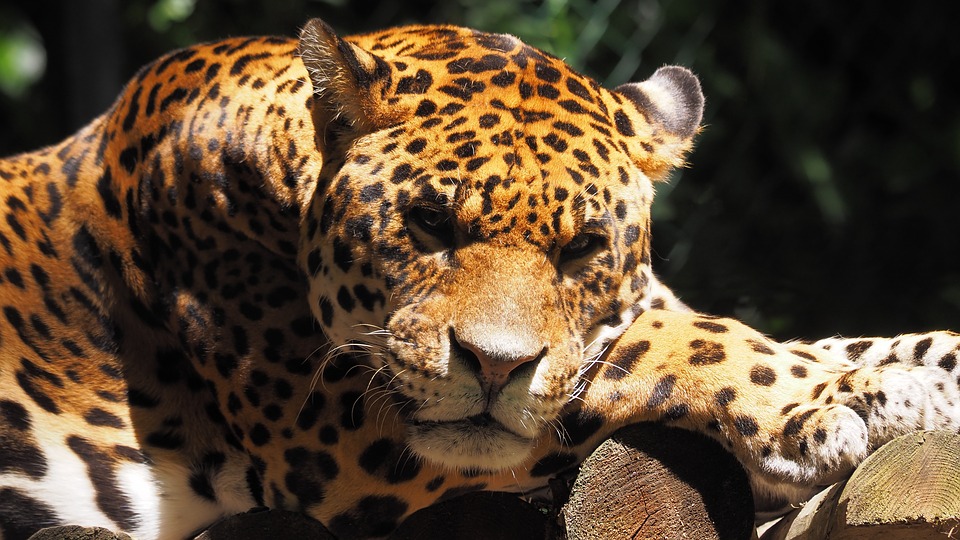 Big Cats have been in the news lately with the Netflix documentary Tiger King. Thus, we decided to highlight one often forgotten, the Jaguar. This is the largest big cat in the Americas and like many of its relatives, it is trending towards extinction. These amazing cats survive in a variety of environments across many countries. We hope you enjoy learning about a loved species.
Big Cats have been in the news lately with the Netflix documentary Tiger King. Thus, we decided to highlight one often forgotten, the Jaguar. This is the largest big cat in the Americas and like many of its relatives, it is trending towards extinction. These amazing cats survive in a variety of environments across many countries. We hope you enjoy learning about a loved species.
Jaguar History
The Jaguar (Panthera Onca) is one of the big cats in the Genus Panthera. These include the Tiger, Lion, Leopard, and Snow Leopard. Within the cat family Felidae, there are 8 lineages with 37 species.
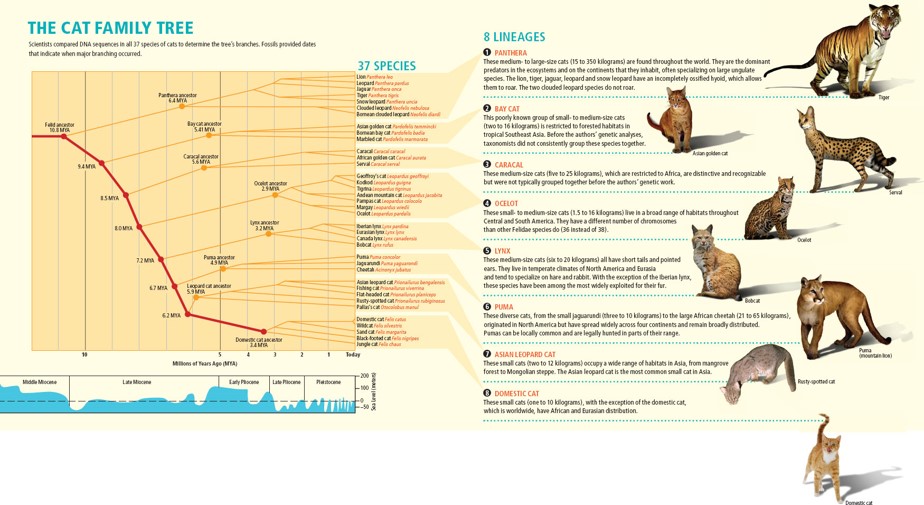
A relative to the Jaguar is thought to have crossed over from Asia to North America over 1.5 million years ago. With analysis of mitochondrial DNA, Jaguars are thought to have evolved around 500,000 years ago. A much larger and close relative of the Jaguar, Panthera onca augusta, lived in South America and died out about 11,000 years ago. The European Jaguar, while similar in structure, is not closely related to modern Jaguars.
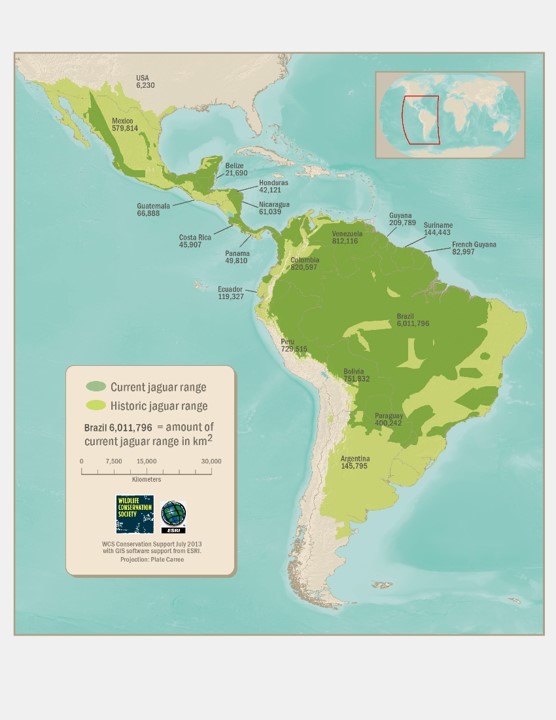
Jaguar Physiology
Generally, Jaguars are not quite as big as Lions or Tigers, but slightly larger than Leopards. From their nose to the base of their tale, the Jaguar averages 3.7 to 6.1 feet long (1.1 to 1.85 m). Their tails are shorter than other big cats, getting as long as 30 in (75 cm). They can stand as tall as 30 in at the shoulder (76 cm). Their average weights are 120 to 215 lbs (55 -96 kg), but some males can exceed 325 lbs (155 kg). Females are on average 10 to 20% smaller than males.
Jaguars have a similar coat pattern than leopards. Both have “rosettes.” The Jaguars differ from Leopards in that they have spots within the rosettes. Both Jaguars and Leopards are also seen with a black coat color pattern. This is called Melanism. Across both species, the incidence of this black pattern is around 10% of the population. The study quoted in the podcast can be found HERE as well as the two maps posted below.
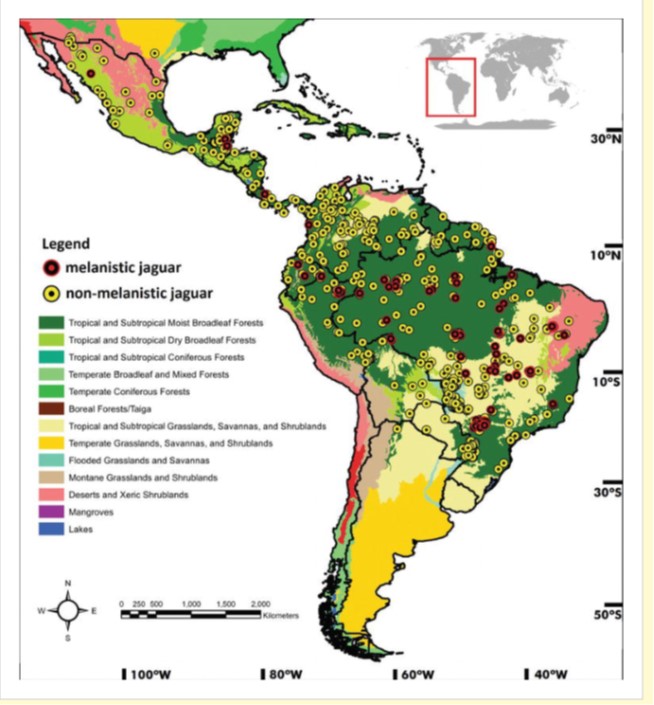

Jaguars love water and often hunt along or in many bodies of water. They are opportunistic carnivores and have a wide range of prey. They hunt fish, turtles, and even caimans, using their incredibly powerful jaws to pierce the animals’ skulls. Jaguars also eat deer, peccaries, capybaras, tapirs, and a number of other land animals. They are ambush predators and typically crush the skull of their prey, rather than asphyxiation like other big cats.
Jaguar Conservation
Jaguars are listed as near threatened by the IUCN. However, many subpopulations are actually endangered or critically endangered. A study on Jaguar populations can be found HERE
Organizations

